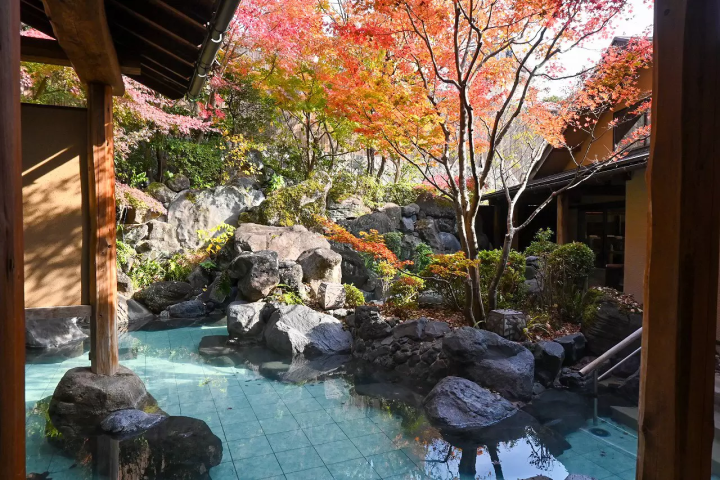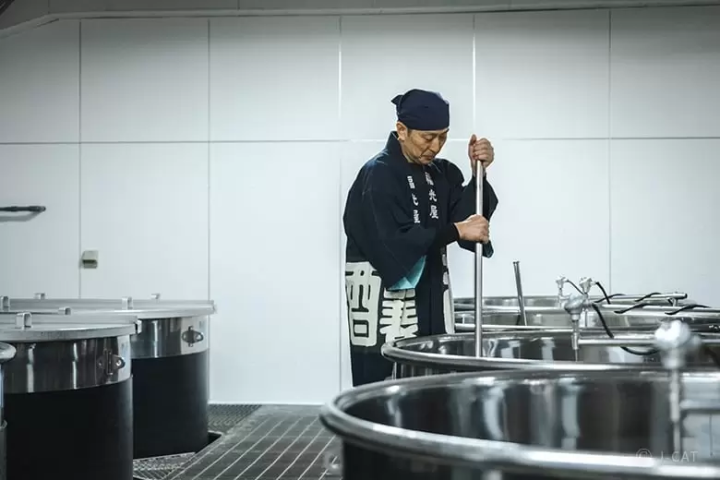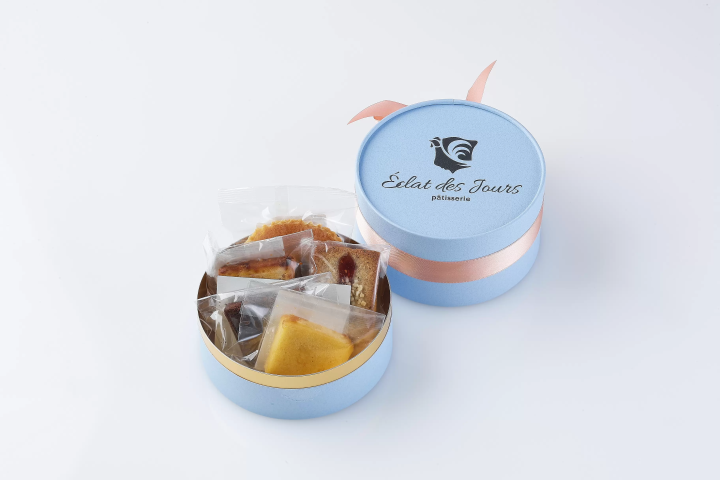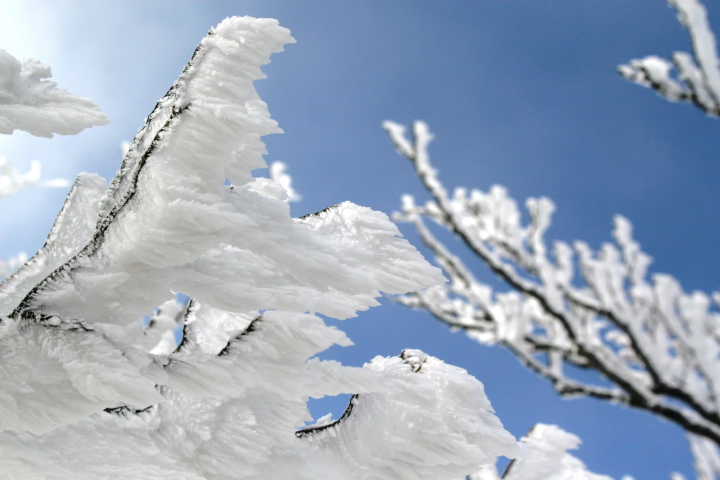[Walk around Tono Machinaka Goshuin tour]
![[Walk around Tono Machinaka Goshuin tour]](https://resources.matcha-jp.com/resize/720x2000/2024/03/01-169876.webp)
It is a fascinating experience to collect traditional goshuin stamps in the quaint town of Tono. Currently being held at the same time as “Tono Machiya Doll’s Festival”!
What is Goshuin?
Simply put, a goshuin is a book on which a monk or chief priest writes the name of the temple or shrine and the date of visit in ink and stamps it on a person who has visited a shrine or temple. This is called a "Goshuincho". There are various theories about the origin of the goshuin, but it is said that it was originally written to serve as a receipt for the delivery of teachings to temples. Therefore, it was previously issued only in temples. However, in recent years, this meaning has faded and people can now receive goshuin stamps at shrines.
Machinaka goshuin tour
It's fun to think about what temples and shrines you'll visit when collecting goshuin stamps. If you follow a general pilgrimage route or tour around themed to bring good fortune, such as luck with money or love, you will naturally learn more about the origins of temples and shrines, and you will have more fun visiting them.
There are many temples and shrines around Tono Station that can be visited on foot. It is held during the same period as the Tono Machiya Doll's Festival, and you can collect stamps from temples and shrines in the town. Why not take this opportunity to visit the shrine?
The temples and shrines you can visit are as follows.
Zenmyoji Temple
![[Walk around Tono Machinaka Goshuin tour]](https://resources.matcha-jp.com/resize/720x2000/2024/03/01-169877.webp)
Zenmyo-ji Temple has its predecessor, Yoan-ji Temple, which is said to have been founded by Yoan in 1171 at the end of the Heian period as the family temple of the Asonuma family, the feudal lords of the time.
When the Nanbu clan was transferred from Hachinohe, Aomori Prefecture to Tono in 1627, Zenmyo, who accompanied him, entered Yoan-ji Temple, which was uninhabited at the time, as the 32nd head of the temple, and the main hall was built in Enpo 7 (1679). ). The name of the temple was changed to Zenmyo-ji Temple, which remains to this day. The Kindo Bunko Memorial Hall, established by Masakata Kindo, is located within the grounds and is open to the public as a calligraphy museum.
Sect: Jodo Sect Sango: Konkozanji Temple No.: Zenmyoji Address: 2-5 Daikucho, Tono City, Iwate Prefecture 028-0527
Daijiji Temple
![[Walk around Tono Machinaka Goshuin tour]](https://resources.matcha-jp.com/resize/720x2000/2024/03/01-169878.webp)
In 1411, the priest Ryuden Keizen established it in Hachinohe, Aomori Prefecture, and in 1627, following Nanbu Naoe's transfer to Tono, it moved to Matsuzaki-cho, Tono City.
In 1755, in addition to the flood, there were over 60,000 people who died of starvation and disease throughout the domain due to a major crop failure that was considered one of the four major famines in the southern domain. It is said that the number of people affected was as high as 2,500, and poor harvests continued after that. In the 3rd year of Tenmei (1783), the 19th priest Gizan carved Arhat statues into 500 large and small natural stones to commemorate the people who died of starvation during the Great Tenmei Famine.
Sect: Soto sect San name: Fukujuzanji Temple name: Daiji Temple Address: 9-20 Daikucho, Tono City, Iwate Prefecture 028-0527
Ryugenji Temple
![[Walk around Tono Machinaka Goshuin tour]](https://resources.matcha-jp.com/resize/720x2000/2024/03/01-169879.webp)
The temple was opened in 1651 in recognition of its merits in the place where Daijiji Temple's 10th monk, Kan Ōzen Shin, retired and signed the draft. There is a grave carved with a figure holding a millstone, which is related to the millstone that makes wishes come true, which is mentioned in the 27th story of Tono Monogatari.
Sect: Soto sect Temple name: Ryugenji
Address: 6-29 Shinmachi, Tono City, Iwate Prefecture 028-0524
Taisenin
![[Walk around Tono Machinaka Goshuin tour]](https://resources.matcha-jp.com/resize/720x2000/2024/03/01-169880.webp)
Taisen-in Temple is said to have been founded in 1368 by Nitta Masamochi, a vassal of the Nejo Nambu clan, who opened it in Kuramiyama, Yamanashi Prefecture. It was once a temple for training monks, and was moved to Tono in 1651 along with Daiji-ji Temple.
In the precincts, there is a statue of Kannon made from fragments of shells from Kamaishi naval gunfire, praying for lasting peace. In addition, a 5m tall statue of Nio made of reinforced concrete was erected in 1980.
Sect: Soto sect San name: Kifukuzanji name: Gansen-in Address: 7-8 Shinmachi, Tono City, Iwate Prefecture 028-0524
Chion-ji Temple
![[Walk around Tono Machinaka Goshuin tour]](https://resources.matcha-jp.com/resize/720x2000/2024/03/01-169881.webp)
Sanenaga, the first generation of the Tono Nanbu clan, became a devotee of Nichiren Daishonin and donated Mt. Minobu to found Kuon-ji Temple. In 1885, Kuonin Nichishonin of Myonji Temple in Sano, Tochigi Prefecture came to Tono to preach, and in 1888, on the occasion of the 650th anniversary of Sanenaga's death, the head temple granted him the official name ``Kita-Minobu.'' The following year, it was named Namikiyama Chion-ji Temple.
Temple treasures include a mandala handwritten by Nichiren Daishonin and a vase used by the Daishonin.
Sect: Nichiren Sect Sango: Kita-Minoba Kiiyamaji Temple No.: Chion-ji Location: 1-34 Shinmachi, Tono City, Iwate Prefecture 028-0524
Nanbu Shrine
![[Walk around Tono Machinaka Goshuin tour]](https://resources.matcha-jp.com/resize/720x2000/2024/03/01-169882.webp)
In 1876, when Emperor Meiji toured the Tohoku region, he heard about the achievements of the Tono Nanbu family and saw the books and treasures of the Tono Nanbu family. In response to the gift of preservatives, local volunteers took the initiative and planned to establish a shrine in 1881, and the following year it was built to enshrine the 4th to 8th generations of the Tono Nambu family (Kinno V). Nabekura Shrine was founded, and the shrine building was erected in 1886.
In 1944, the name was changed to Nanbu Shrine, and in 1959, the shrine enshrined the first to third generations of the Tono Nanbu family, and the eighth generation from the first generation (Kinno VIII). becomes.
Shrine name: Nanbu Shrine Location: 3-6 Higashidatecho, Tono City, 028-0515
Uka Shrine
![[Walk around Tono Machinaka Goshuin tour]](https://resources.matcha-jp.com/resize/720x2000/2024/03/01-169883.webp)
This is one of the oldest shrines in Tono, enshrining the deities Uganomitama no Mikoto and Unmankokuzo. However, the year it was founded is unknown as it was destroyed in a large fire during the Kanbun era (1661-1673).
The shrine at the time was destroyed by a large fire in 1891, but since all those who survived were parishioners of this shrine, it is said that Hibuse is the god of fire protection.
*Uka Shrine stamps are available at the tourist association. Click here for details
Shrine name: Uka Shrine Location: 1-18 Chuo-dori, Tono City, Iwate Prefecture 028-0523
Tonogo Hachimangu Shrine
![[Walk around Tono Machinaka Goshuin tour]](https://resources.matcha-jp.com/resize/720x2000/2024/03/01-169884.webp)
The history of Hachiman Shrine is not clear, but in 1189, Asonuma Hirotsuna, who was given Tonogo by Minamoto no Yoritomo for his service in hunting down the Fujiwara clan in Hiraizumi, sent Hirofusa Uokata as a magistrate. He built a ``tate'' in Komaki, Matsuzaki Village, enshrined his guardian god Hachiman, and ruled Tonogo.Afterwards, Okinatsu Asonuma built Yokota Castle and commissioned a Hachimangu Shrine in the Tohoku direction, the gate of the castle. It is said that it began when people worshiped it.
Shrine name: Tonogo Hachimangu Shrine
Address: 23-19 Shiraiwa, Matsuzaki-cho, Tono-shi, Iwate 028-0541
About shrines outside the town
No is dotted with many shrines, but many of them do not have full-time Shinto priests, so the Tono City Tourism Association will be distributing goshuin stamps from shrines in Tono City that do not have full-time Shinto priests. I did. We are sorry for the inconvenience caused to worshipers who come to Tono in search of the Goshuin. Based on the idea that a goshuin is just a proof that you have visited the shrine, you can receive a goshuin by presenting a photo proving that you have visited the shrine.
Hotels near Tono City Tourism Association
We are a regional trading company responsible for promoting local products and revitalizing tourism in Tono City, Iwate Prefecture. Tono is home to numerous legends about kappa and zashiki warashi, and is also home to an abundance of agricultural and livestock products that take advantage of its location in a basin, with one of the largest production volumes of hops used in beer in Japan. I'm proud. By interweaving Tono's people, goods, history and culture, we aim to create value unique to the region, refine the Tono brand, and revitalize the region.
The contents on this page may partially contain automatic translation.









![[About 2 hours from Tokyo] Introducing the hidden gems and attractions of Ichinoseki City, Iwate Prefecture, traveled on the Dragon Rail Ōfunato Line!](https://resources.matcha-jp.com/resize/720x2000/2024/10/30-206654.webp)

























![[For beginners and debutants] Special feature on recommended ski resorts and ski tours!](https://resources.matcha-jp.com/resize/720x2000/2025/12/26-254120.webp)



